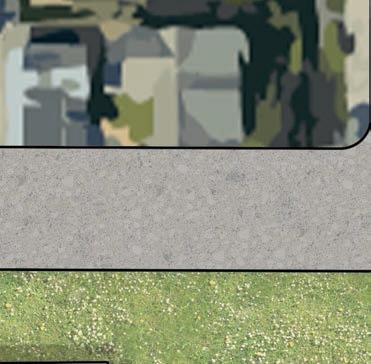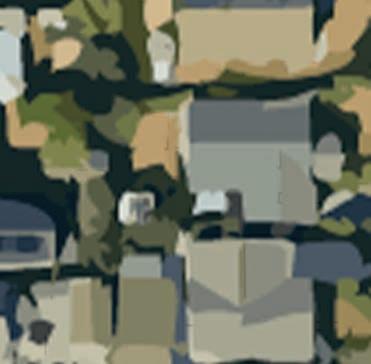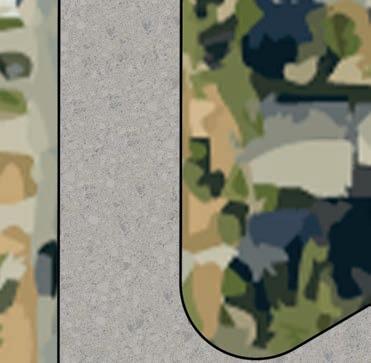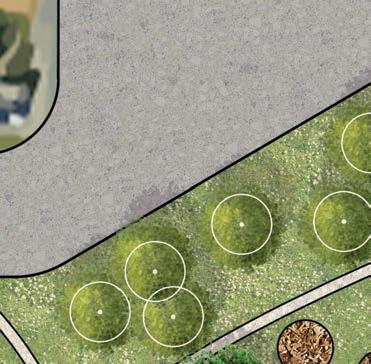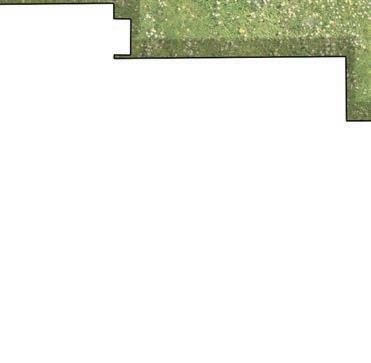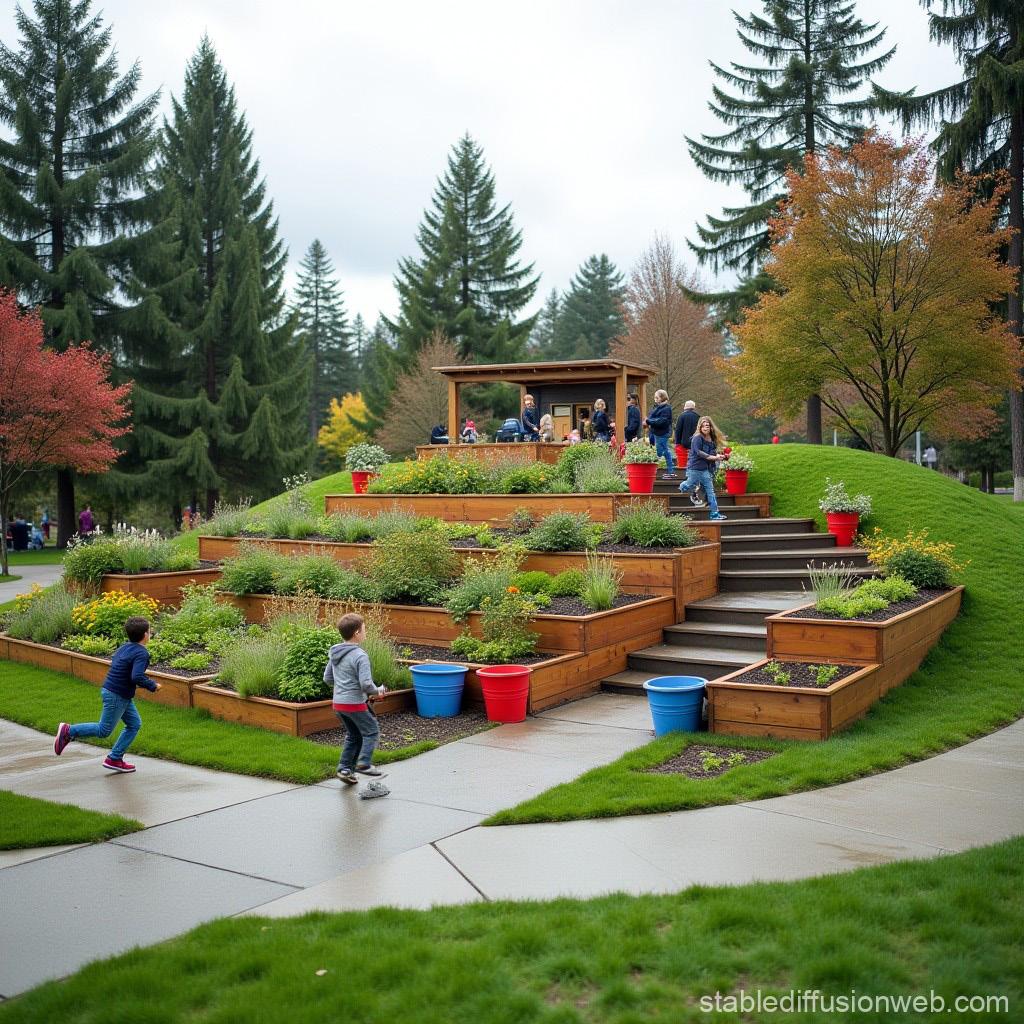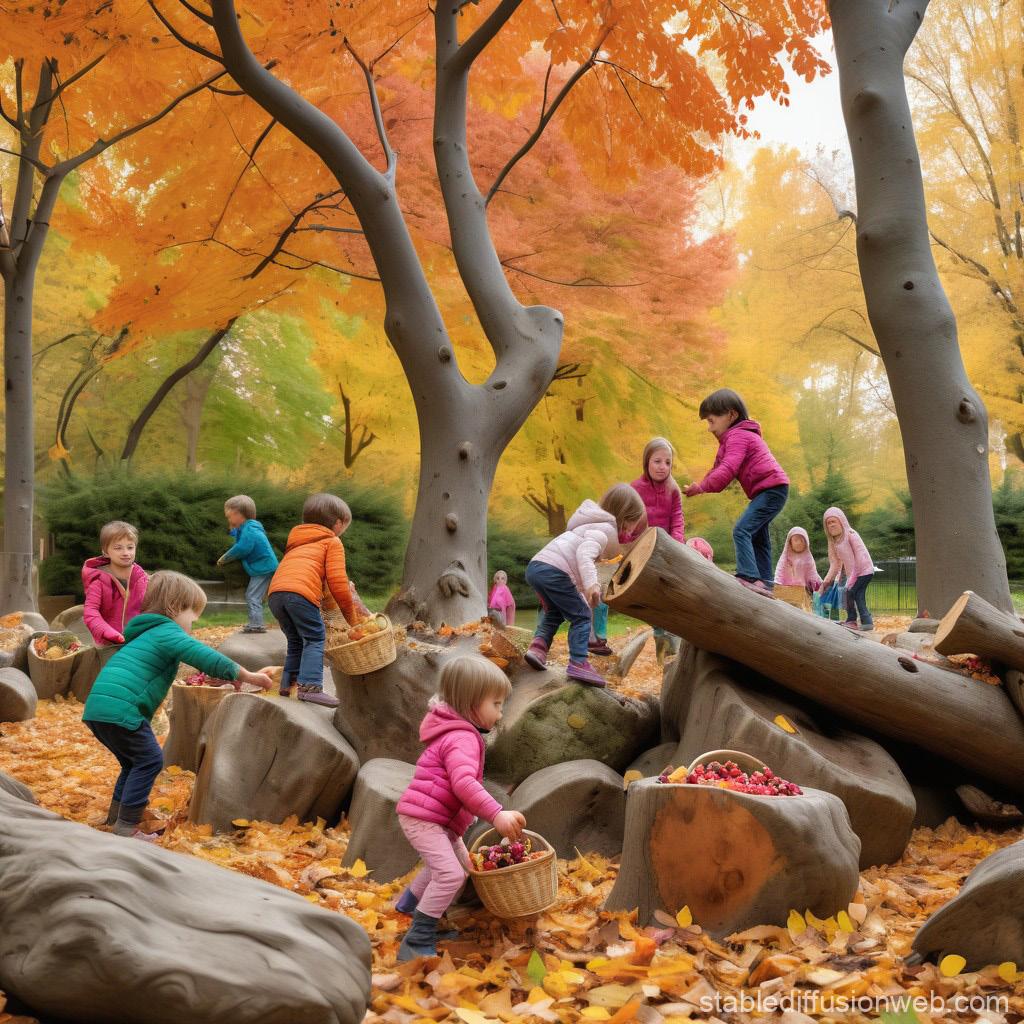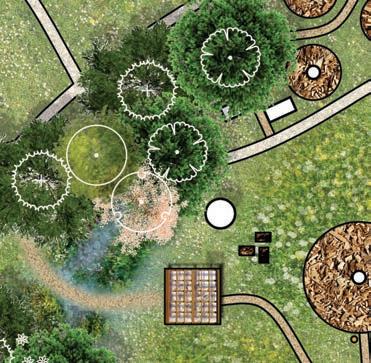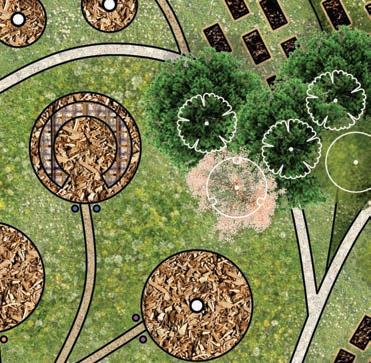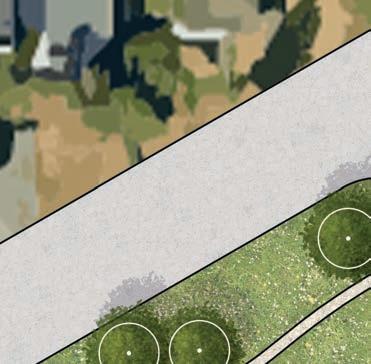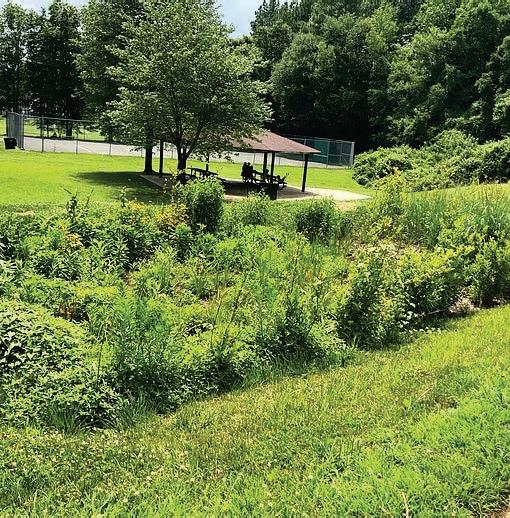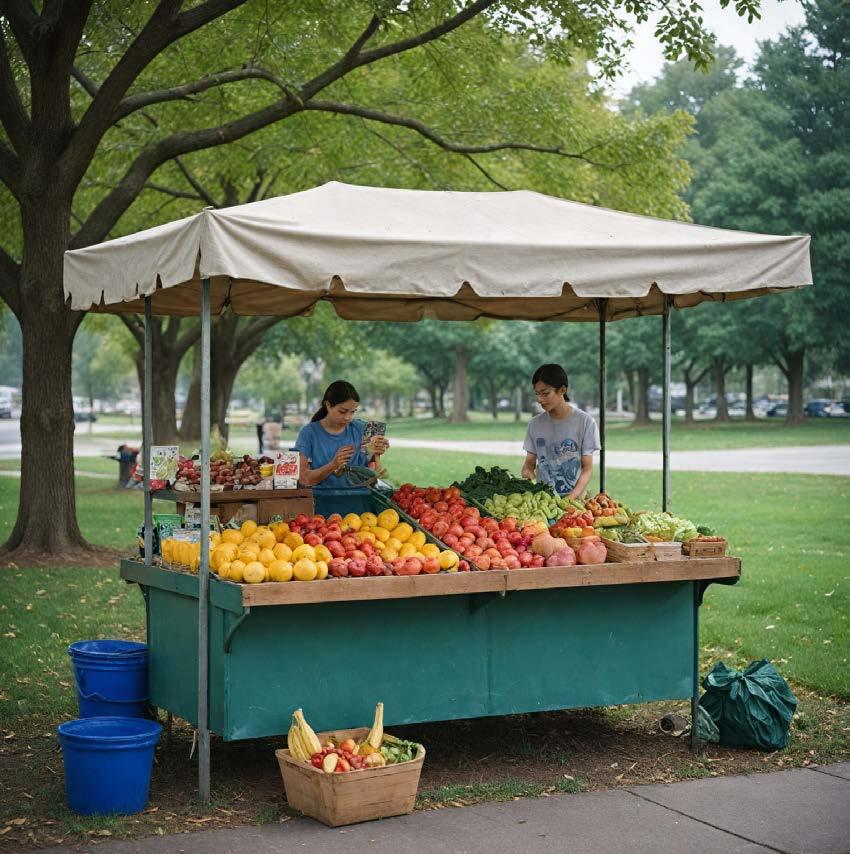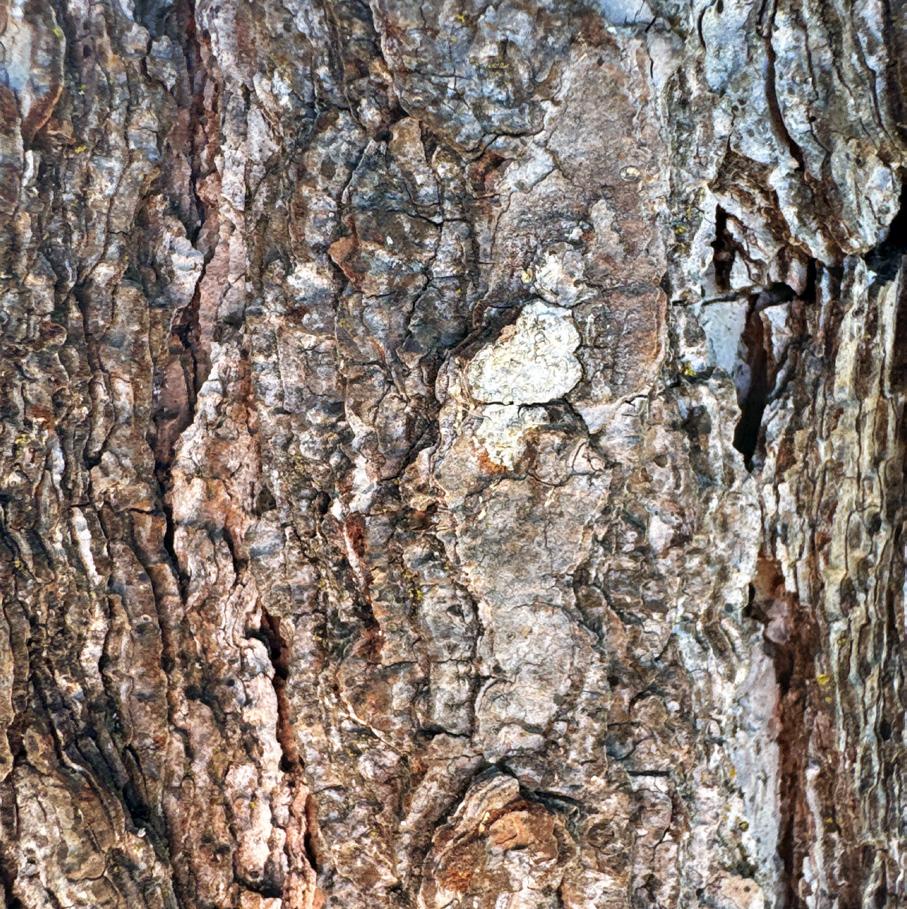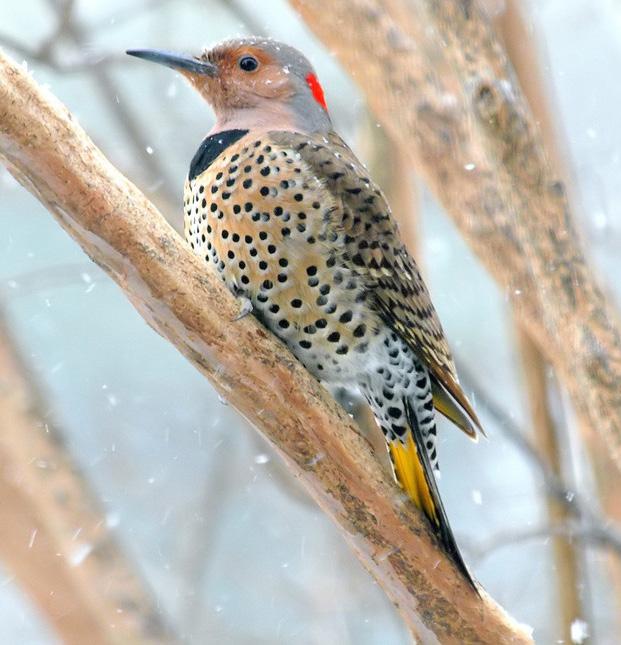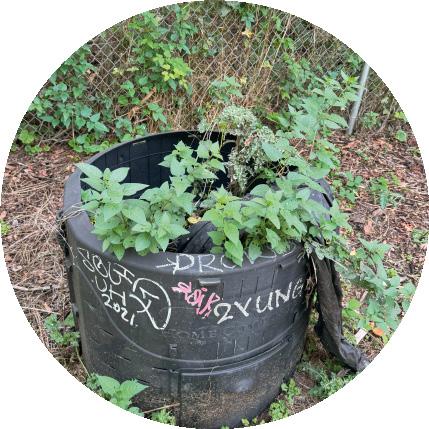

growing food + community: youth urban agriculture as resilience

IURBAN TEEN GARDEN VISIONS | AUTUMN 2024
This UWLA 404 studio addressed design of urban agriculture that centers youth learning and agency to advance food justice and resilience in a changing climate . Landscape Architecture undergraduate and graduate students worked with two nonprofits that engage BIPOC youth in growing food and learning in community —Clean Greens, with their youth garden at Amy Yee Tennis Center; and iUrban Teen, with their youth garden at Rainier Community Center—both of which hold potentials to expand their gardens. The Landscape Architecture students’ diverse visions serve as catalysts for community conversations towards what may be next steps in the iUrban Teen Garden.
This document contains the students’ proposals for iUrban Teen Garden at Rainier Community Center. iUrban Teen’s interest in expanding their current garden at this site framed the studio design focus imagining alternative futures broadly and bold y as well as more immediate, incremental changes that groups can undertake themselves
The studio’s iterative process included: visiting the sites and meeting with Youth Garden and UFS leaders; exploring local precedent gardens with leaders of those gardens; design charrette; design workshop with garden leaders and others; mid-review presentations with faculty, design professionals, and site leaders ; and December 4 open house/final presentations at Rainier Beach Urban Farm and Wetlands Classroom Building that engaged design professionals, gardeners, and youth with the students’ ideas.
Our December 4 project presentations afforded us the opportunity to share design ideas with and learn from youth from the Rainier Beach High School Garden Club and children from Emerald City Commons. Youth Garden leaders, RBUFW and Bradner Gardens Park leaders, and design professionals also joined in conversations and feedback. This exuberant, energized afternoon with children, youth, and others provided diverse insights on the ideas shown on the students’ posters and videos, and how design can engage all in the possibilities of more just and resilient futures.
We appreciate all who shared insights and feedback in our iUrban Teen Garden design process, including:
Melanie Ocasio, iUrban Teen
Paris Yates, Seattle Parks & Recreation Urban Food Systems (UFS) Manager
Montez McGee, Seattle Parks & Recreation Urban Food Systems (UFS) staff
Craig Chatburn, Seattle Parks & Recreation Senior Planning and Development Specialist
rich desanto, Haddad|Drugan and UW Landscape Architecture affiliate faculty
Kove Janeski, UW MLA alum, UW Farm staff
Joyce Moty, Bradner Gardens Park
Aaron Parker, HBB Landscape Architecture
Maggie Rickman, Tilth Alliance
Yona Sipos, UW Food Systems, Nutrition & Health Associate Teaching
These UW Landscape Architecture LARCH 404 studio garden visions are shared to serve as a catalyst for continued community conversations towards what may be next steps in the iUrban Teen Garden.
If you have questions, please email Julie Johnson at jmjsama@uw.edu
If portions are reproduced outside this document, please include attribution of:
Student name(s)
University of Washington Department of Landscape Architecture
LARCH 404 studio | faculty: Associate Professor Julie Johnson Autumn Quarter 2024
Thank you!
faculty: Asso ciate Professor Julie Johnson, PLA, ASLA
faculty: Associate Professor Julie Johnson, PLA, ASLA
IURBAN TEEN GARDEN VISIONS | AUTUMN 2024


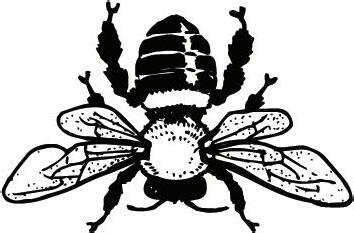


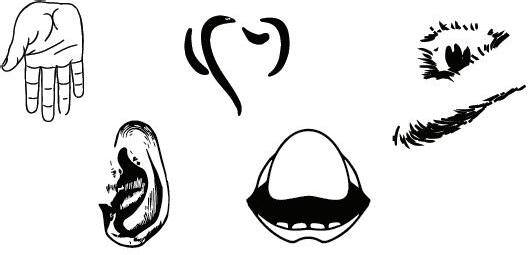
EXPAND GARDEN + ADD MORE FEATURES TO HELP IT FUNCTION WELL
BUILD UP THE SOIL ON THE SITE TO REDUCE RISK OF COMING INTO CONTACT WITH THE OLD LANDFILL BELOW
INCREASE NUMBER OF PLANTS THAT OFFER HABITAT AND FOOD TO POLLINATORS
RE-USE RAINWATER IN CREATIVE WAYS
PERSONALIZE THE GARDEN THROUGH DO-IT-YOURSELF ART PROJECTS
ADD FEATURES THAT APPEAL TO ALL FIVE SENSES (SIGHT, SOUND, SMELL, TASTE, + TOUCH)
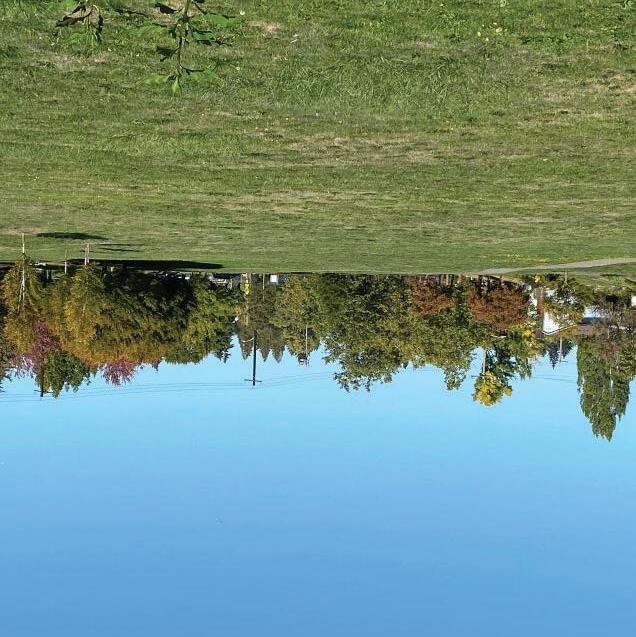







OPPORTUNITIES FOR SEATING
OPPORTUNITIES FOR ART + SIGNAGE
RAIN GARDEN
SHRUBS + BOULDERS + LOGS
POLLINATOR PLANTING MIX
GARDENING AREA
GARDEN TOOLS + UTILITIES
W H O U S E S T H E G A R D E N ?

HUMANS (PRIMARILY IURBAN TEEN)
MORE-THAN-HUMANS (POLLINATORS, ETC.)
ONLY IURBAN TEEN WILL BE USING






















































POLLINATOR PLANTS (BY SEED) TO BEGIN PREPARING SOIL FOR MORE GARDENING AS IT EXPANDS OVER TIME

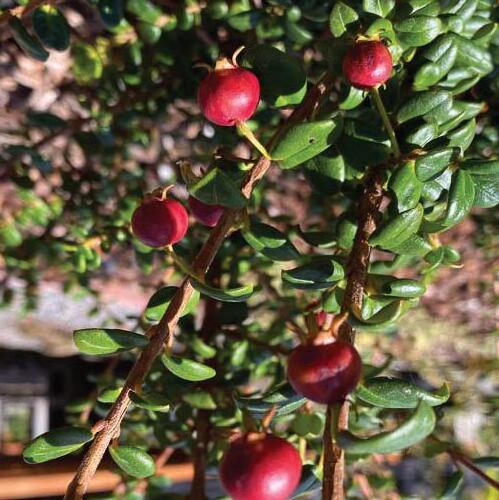













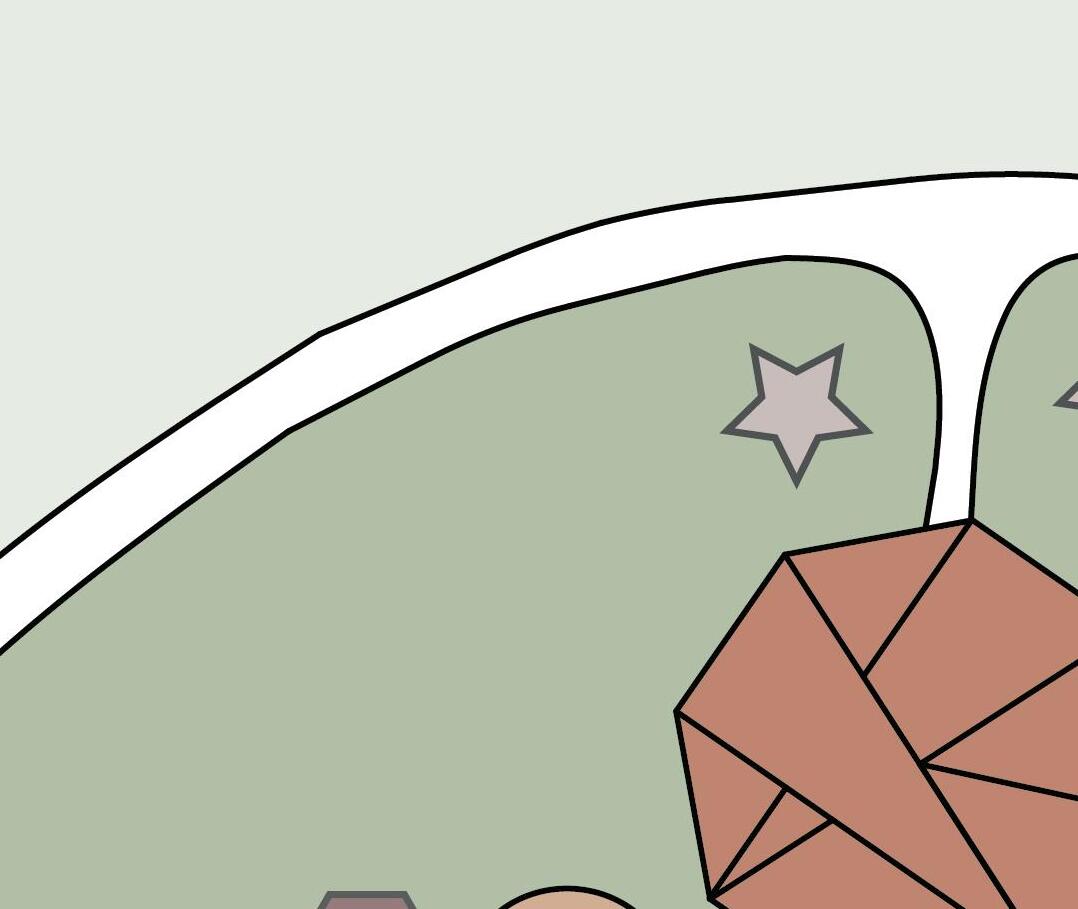





POLLINATOR MEADOW PROVIDES FOOD AND SHELTER FOR POLLINATORS WHILE ALSO BUILDING UP SOIL FOR FUTURE GARDEN DEVELOPMENT







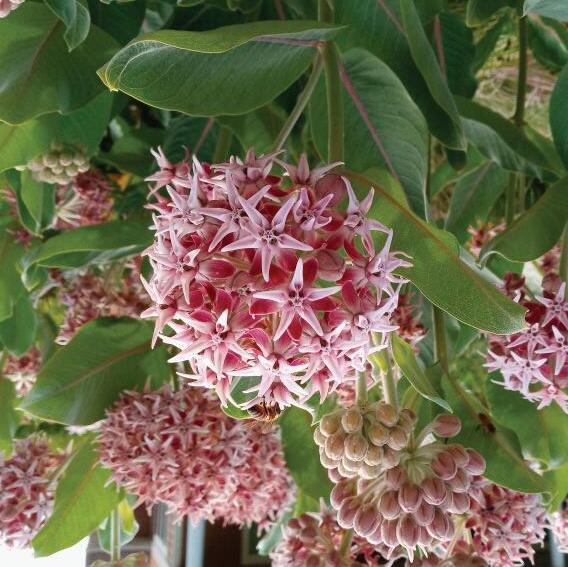
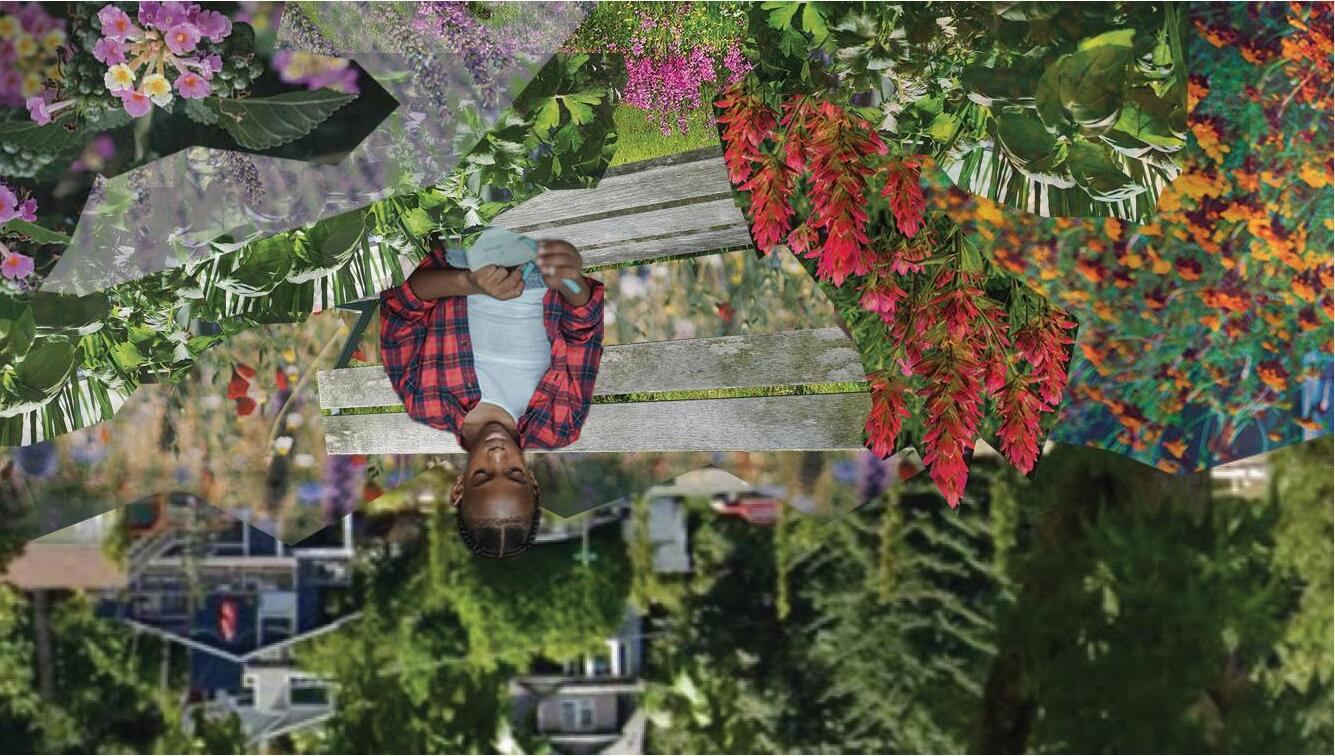

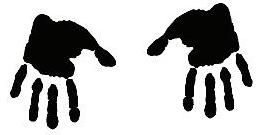




























































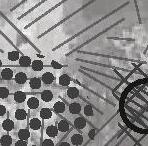

























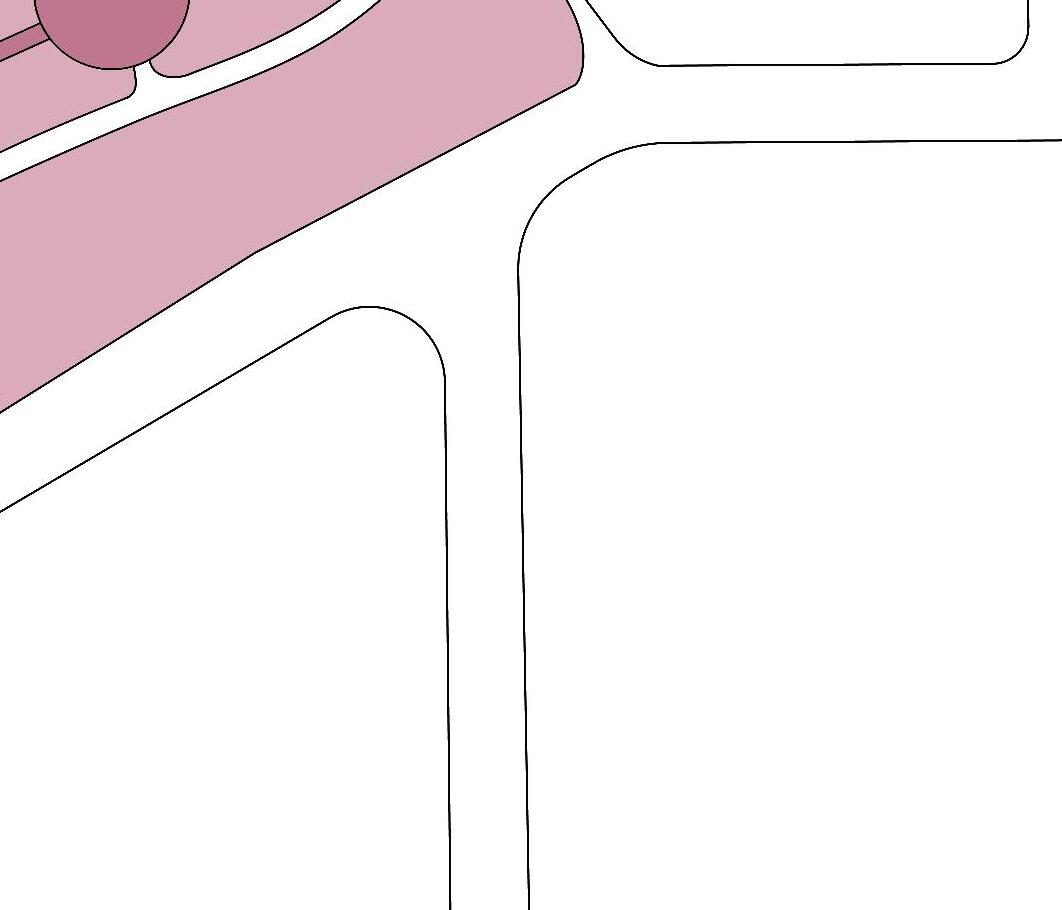
URBAN WILDLIFE MAY FIND REFUGE IN THIS NEW HABITAT PATCH









OF EVERYDAY LIFE AND CONNECT WITH NATURE IN A HEALING WAY.













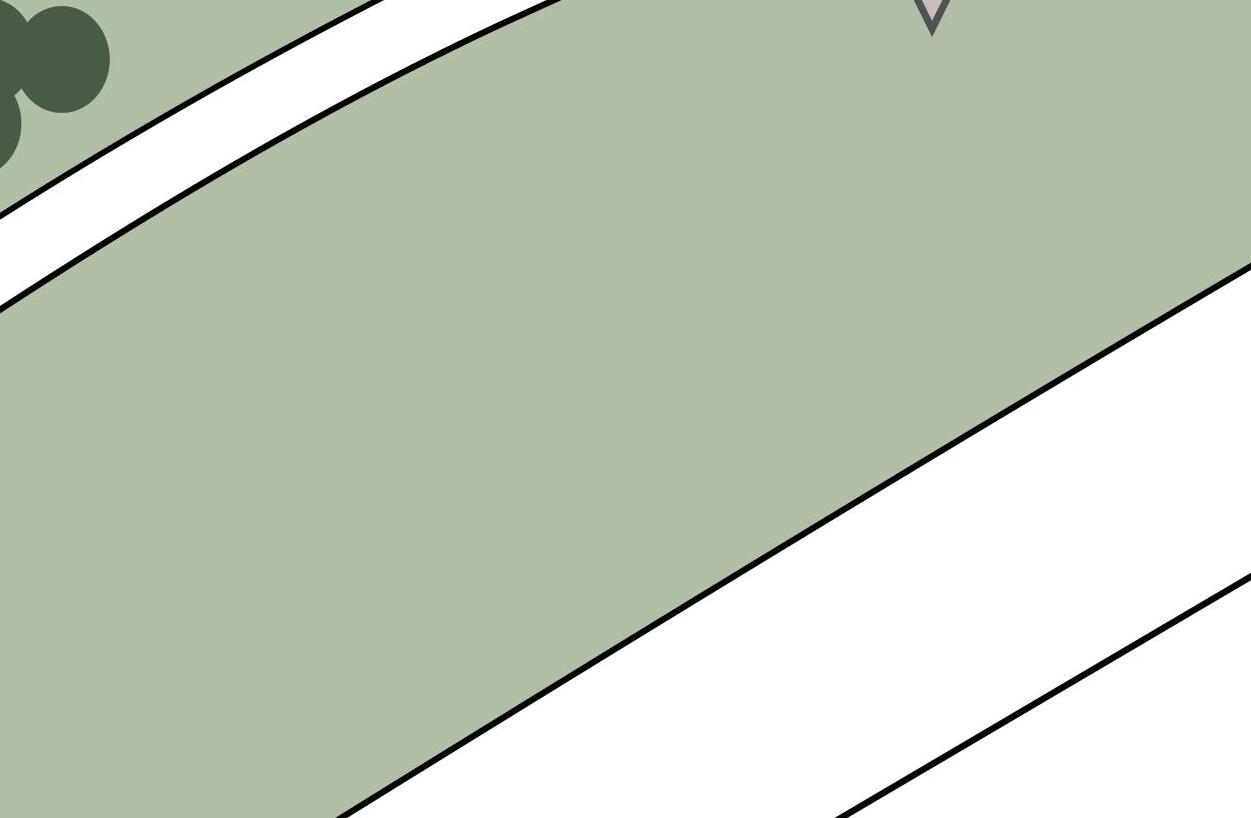










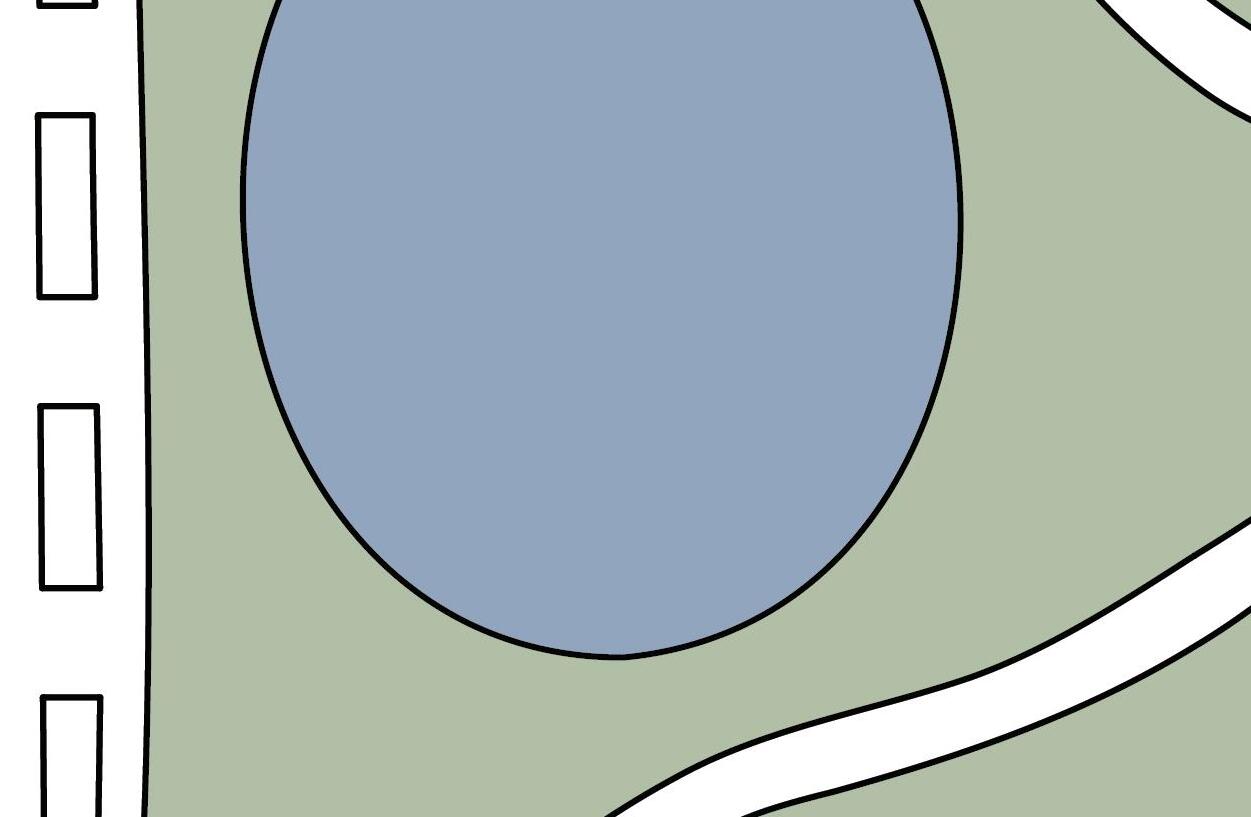













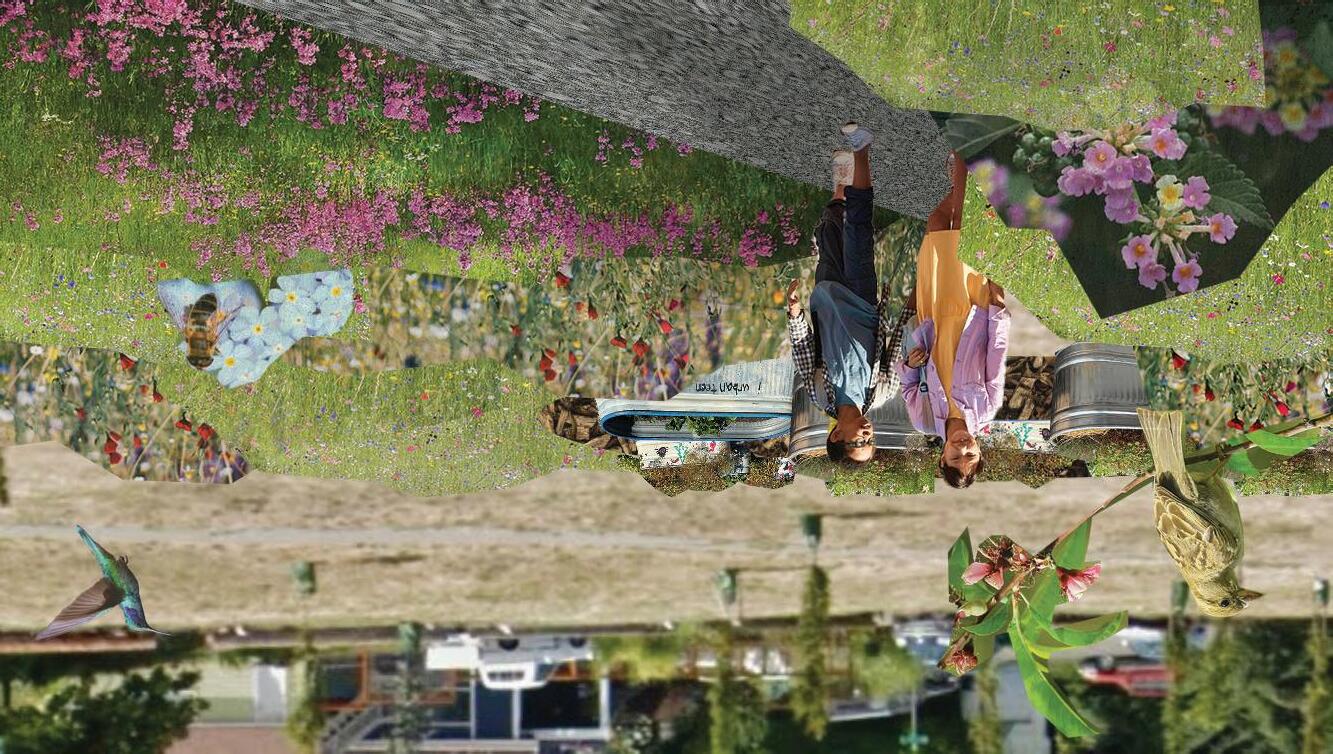






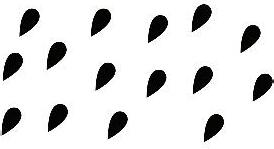

OUTDOOR CLASSROOMS
IURBAN TEEN GARDENS























See
video here: https://drive.google.com/file/d/1I7TL-
i5O0cLC1fVQegvyCeypCaAtuVnt/view?usp=drive_link
















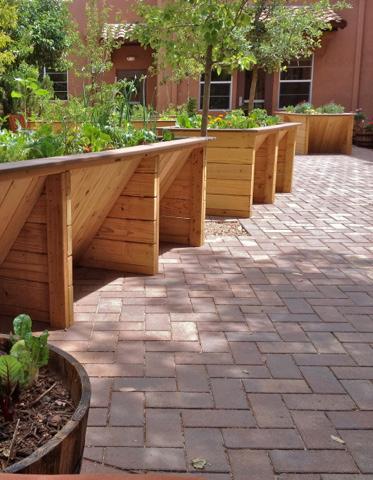


ABIGRA Abiesgrandis/GrandFir 2
ACECIR Acercircinatum/VineMaple 3
ACEMAC AcermacrophyllumBigLeafMaple 3
ALNRUB AlnusrubraRedAlder 6
FRALAT Fraxinuslatifolia/OregonAsh 2
PICSIT PiceasitchensisSitkaSpruce 2
PINCO5 PinuscontortacontortaShorePine 2
PINMNT PinusmonticolaWesternWhitePine 2
POPTRI PopulustrichocarpaBlackCottonwood 2
PSEDOU Pseudotsugamenziesii/DouglasFir 2
QUEGAR Quercusgarryana/OregonWhiteOak 3
SALSIT Salixsitchensis/SitkaWillow 11
THUPLI Thujaplicata/WesternRedCedar 2
TSUHET Tsugaheterophylla/WesternHemlock 2
SHRUBS
BLESPI Blechnumspicant/DeerFern 3
CEAVEL CeanothusvelutinusSnowbrush 17
ERYGUT ErythrantheguttataYellowMonkeyflower 5
LONCIL LoniceraciliosaOrangeHoneysuckle 2
OEMCER OemleriacerasiformisOsoberry 18
PHIWI2 PhiladelphuslewisiiWildMockOrange 16
PHYCAP PhysocarpuscapitatusPacificNinebark 5
POLMUN Polystichummunitum/WesternSwordFern 3
RHOOCC RhododendronoccidentaleWesternAzalea 5
ROSGYM Rosagymnocarpa/WoodRose 16
SALHOO Salixhookeriana/DuneWillow 2
SHRUBAREAS
ACHMIL Achilleamillefolium/CommonYarrow 50
CAMROT CampanularotundifoliaHarebell 28
GILCAP Giliacapitata/BlueThimbleFlower 8
LUPLAT Lupinuslatifolius/BroadleafLupine 26
SYMCHI SymphyotrichumchilensePacificAster 17
SYMBOLCODE BOTANICALCOMMONNAME REMARKS GROUNDCOVERS
ARCUVA Arctostaphylosuva-ursi/Kinnikinnick
ASTSUB Astersubspicatus/DouglasAster
PENSIR PenstemonserrulatusCoastPenstemon
SEDORE SedumoreganumOregonSedum
TREES
ABIGRA AbiesgrandisGrandFir
ACECIR AcercircinatumVineMaple
ACEMAC AcermacrophyllumBigLeafMaple
ALNRUB AlnusrubraRedAlder
FRALAT FraxinuslatifoliaOregonAsh
PICSIT PiceasitchensisSitkaSpruce
PINCO5 PinuscontortacontortaShorePine
PINMNT PinusmonticolaWesternWhitePine
POPTRI PopulustrichocarpaBlackCottonwood
PSEDOU PseudotsugamenziesiiDouglasFir
QUEGAR QuercusgarryanaOregonWhiteOak
SALSIT SalixsitchensisSitkaWillow
THUPLI ThujaplicataWesternRedCedar
TSUHET TsugaheterophyllaWesternHemlock
SHRUBS
BLESPI BlechnumspicantDeerFern
CEAVEL CeanothusvelutinusSnowbrush
ERYGUT ErythrantheguttataYellowMonkeyflower
LONCIL LoniceraciliosaOrangeHoneysuckle
OEMCER OemleriacerasiformisOsoberry
PHIWI2 PhiladelphuslewisiiWildMockOrange
PHYCAP PhysocarpuscapitatusPacificNinebark
POLMUN PolystichummunitumWesternSwordFern
RHOOCC RhododendronoccidentaleWesternAzalea
ROSGYM RosagymnocarpaWoodRose
SALHOO SalixhookerianaDuneWillow
SHRUBAREAS
ACHMIL AchilleamillefoliumCommonYarrow
CAMROT CampanularotundifoliaHarebell
GILCAP GiliacapitataBlueThimbleFlower
LUPLAT LupinuslatifoliusBroadleafLupine
SYMCHI SymphyotrichumchilensePacificAster
GROUNDCOVERS
ARCUVA Arctostaphylosuva-ursiKinnikinnick
ASTSUB AstersubspicatusDouglasAster
PENSIR PenstemonserrulatusCoastPenstemon
SEDORE SedumoreganumOregonSedum
(2)SALHOO
(5)PHYCAP
(5)RHOOCC
(8)SALSIT
(18)OEMCER
(16)PHIWI2
(28)CAMROT
(26)LUPLAT
(17)SYMCHI
(17)CEAVEL
(16)ROSGYM (2)LONCIL
(5)ERYGUT (50)ACHMIL (8)GILCAP
PETALS AND PLACE: VISIONS FOR EXPANDING IURBAN TEEN GARDEN @ RAINIER COMMUNITY CENTER
DESIGN GOALS
WHAT’S ON SITE NOW?

























POLLINATOR HOTEL
A pollinator hotel is a specially designed structure that provides safe nesting and resting habitats for pollinators! These hotels mimic natural environments, such as hollow stems, tree bark, and soil.
These mini ecosystems boosts biodiversity, enhances pollination, promotes sustainability, and provides educational opportunities!
RAINGARDEN
A raingarden is a shallow, planted depression designed to manage stormwater runoff. It is filled with water-loving plants, and helps with improving, water quality, supporting biodiversity, and reducing flooding.
The raingarden on this site includes a rocky pathway that also catches excess rainwater from the pavilion. Reference the “Bradner Gardens Park” photo below to see what it might look like!
PAVILION WITH RAINWATER CATCHMENT
This pavilion serves a multitude of purposes, including rainwater storage and filteration, washing sink, and gathering space! Rainwater would be stored in the upper compartment of the structure, which is then filtered to be able to wash produce grown in the garden. Access runoff will flow into the raingarden.
HUGELKULTUR BEDS + VERMICOMPOSTING

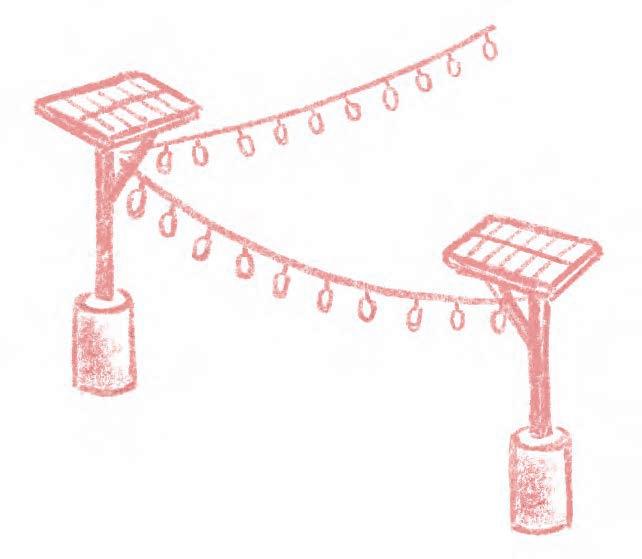


Hugelkultur beds are raised garden beds built with layers of organic materials such as logs, branches, leaves, and soil. Not only is this practice beneficial for the plants, but can also serve as a gardening method that is accessible to people of different heights, ages, and physical capabilities.
Vermicomposting uses worms to break down food scraps into nutrient rich, healthy soil. Straining this soil creates a liquid called “vermicomposting tea,” which can then be used to feed your plants!
SOLAR PANEL LIGHTING
Solar panel lights can provide lighting without relying on electricity, storing sunlight during the day and powering up after dark. Not only does this method ecofriendly, it also helps extend the time you can spend on the garden by keeping the space bright for longer!





DECIDUOUS TREES
CONIFEROUS TREES



MULCH

ROOTS & HORIZONS: BRIDGING COMMUNITY, LAND, + LIFE SKILLS





